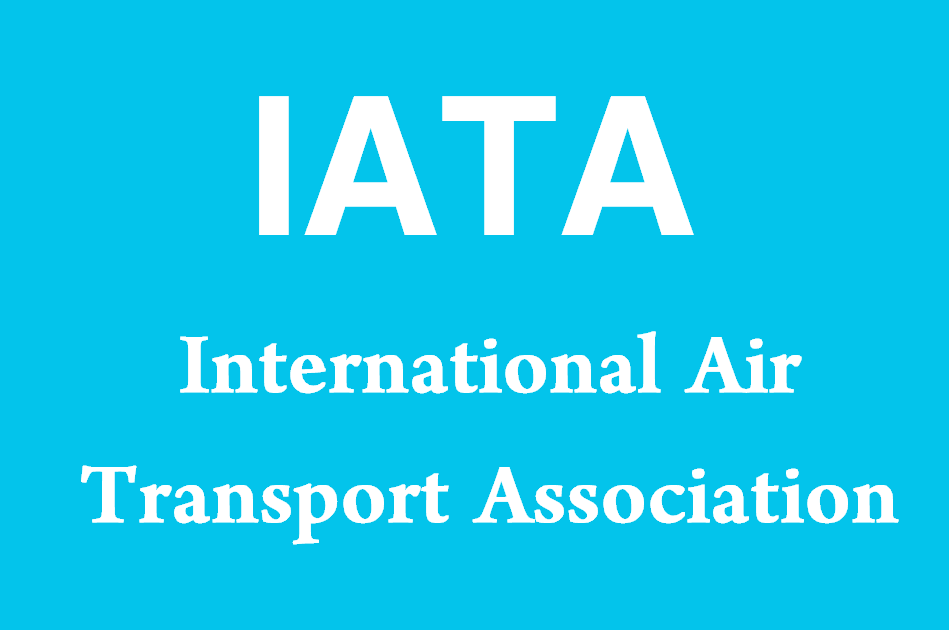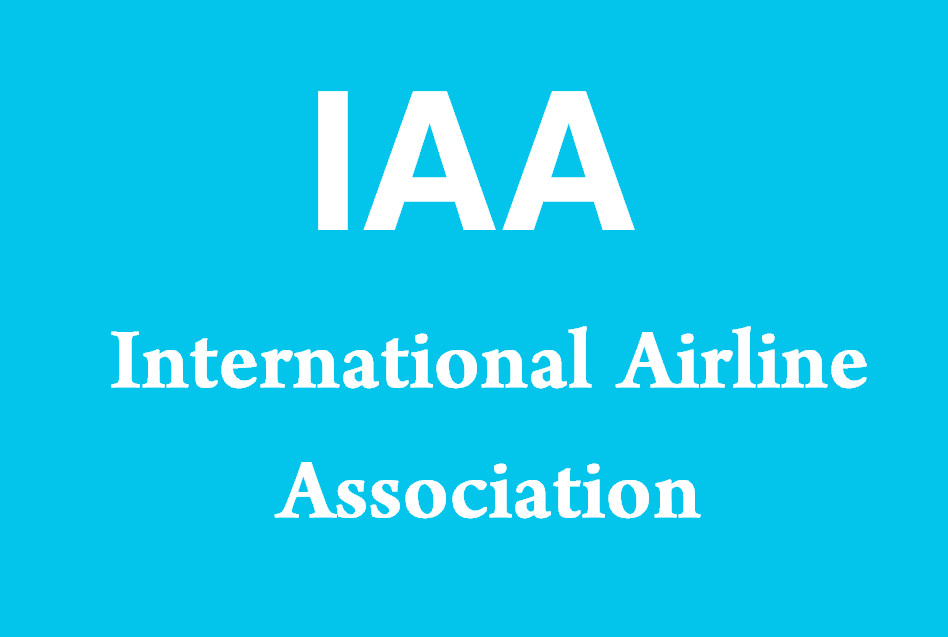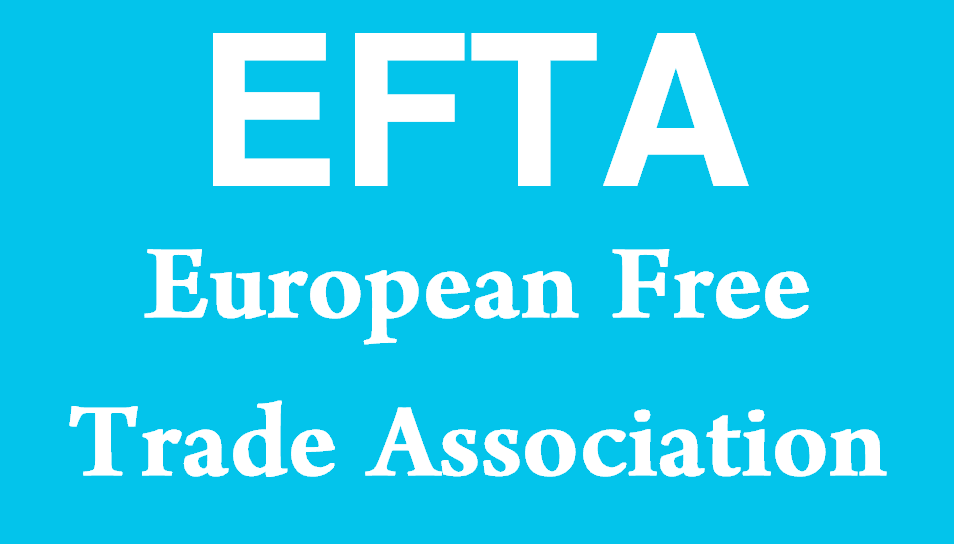What Does ASEAN Stand For?
ASEAN stands for the Association of Southeast Asian Nations. It is a regional intergovernmental organization comprising ten Southeast Asian countries, which promotes intergovernmental cooperation and facilitates economic, political, security, military, educational, and sociocultural integration among its members and other Asian states.

Comprehensive Explanation of Association of Southeast Asian Nations
The Association of Southeast Asian Nations (ASEAN) is a regional organization founded on August 8, 1967, with the signing of the ASEAN Declaration, also known as the Bangkok Declaration. Initially comprising five member states—Indonesia, Malaysia, the Philippines, Singapore, and Thailand—ASEAN has since expanded to include Brunei Darussalam, Vietnam, Laos, Myanmar, and Cambodia. ASEAN’s primary objectives are to accelerate economic growth, social progress, and cultural development in the Southeast Asian region while promoting regional peace and stability.
History and Evolution
ASEAN’s roots can be traced back to the 1960s, a time marked by Cold War tensions and geopolitical shifts in Southeast Asia. The founding members recognized the need for regional cooperation to foster stability and development amid these challenges. The Bangkok Declaration laid the foundation for ASEAN’s principles of mutual respect, non-interference, and peaceful resolution of conflicts, which continue to guide the organization today.
Over the decades, ASEAN has evolved from a loose coalition of nations into a dynamic regional bloc with a comprehensive institutional framework. The organization established various sectoral bodies and mechanisms to address economic, political, security, and sociocultural issues. Notable milestones include the creation of the ASEAN Free Trade Area (AFTA) in 1992 and the establishment of the ASEAN Economic Community (AEC) in 2015, aimed at deepening economic integration among member states.
Objectives and Principles
ASEAN’s overarching goal is to promote regional peace, stability, and prosperity through cooperation and dialogue. The organization operates based on the principles of sovereign equality, mutual respect, non-interference in internal affairs, and peaceful settlement of disputes. ASEAN emphasizes consensus-building and decision-making through consultation and dialogue, known as the “ASEAN Way.”
Economically, ASEAN seeks to create a single market and production base, enhance competitiveness, and promote equitable development among member states. The AEC aims to facilitate the free flow of goods, services, investment, and skilled labor, fostering economic growth and integration in the region.
On the political and security front, ASEAN promotes dialogue, confidence-building measures, and conflict resolution to maintain peace and stability. The ASEAN Political-Security Community (APSC) fosters cooperation in addressing traditional and non-traditional security challenges, including terrorism, transnational crime, and maritime disputes.
Regional Cooperation and External Relations
ASEAN actively engages with external partners through various dialogue mechanisms and cooperation frameworks. The organization maintains strategic partnerships with major powers, including the United States, China, Japan, and the European Union, to promote regional security and economic cooperation.
ASEAN’s role in shaping regional architecture extends beyond Southeast Asia, as demonstrated by its involvement in forums like the ASEAN Regional Forum (ARF) and the East Asia Summit (EAS). These platforms facilitate dialogue on political and security issues, promoting confidence-building and cooperation among participating countries.
Challenges and Future Prospects
While ASEAN has made significant strides in regional integration and cooperation, it continues to face challenges in addressing diverse economic disparities, enhancing institutional effectiveness, and managing geopolitical tensions. Socioeconomic development gaps persist among member states, requiring concerted efforts to promote inclusive growth and narrowing disparities.
Looking ahead, ASEAN remains committed to advancing its community-building agenda and strengthening regional resilience in the face of emerging challenges. Greater collaboration in areas such as digital innovation, sustainable development, and climate resilience will be essential for ASEAN to realize its vision of a cohesive and prosperous Southeast Asian region.
Notes to Importers
As a regional bloc, ASEAN offers significant opportunities for importers looking to expand their business in Southeast Asia. However, navigating the diverse regulatory environments and market conditions across ASEAN member states can be challenging. Here are some essential notes for importers:
- Understand Tariff Structures: ASEAN has been progressively reducing tariffs through various agreements like the ASEAN Free Trade Area (AFTA). Familiarize yourself with the specific tariff structures and preferential rates applicable to your products within ASEAN countries.
- Stay Informed about Regulations: Each ASEAN member state has its own set of import regulations, including product standards, labeling requirements, and customs procedures. Stay updated with the latest regulatory changes to ensure compliance and smooth import processes.
- Utilize Trade Agreements: Take advantage of trade agreements and arrangements within ASEAN, as well as those between ASEAN and its dialogue partners. These agreements may offer preferential treatment or tariff exemptions for certain goods, enhancing the competitiveness of your imports.
- Cultural Sensitivity: Southeast Asia is culturally diverse, with varying business etiquettes and practices across different countries. Invest time in understanding the cultural nuances of your target markets to build fruitful relationships with local partners and customers.
- Logistics and Distribution: Efficient logistics and distribution networks are crucial for successful imports in ASEAN. Evaluate transportation options, warehousing facilities, and distribution channels to ensure timely delivery of your products to customers.
Sample Sentences and Their Meanings
- ASEAN leaders convened to discuss regional security issues: In this sentence, “ASEAN” refers to the Association of Southeast Asian Nations, indicating the participation of member state leaders in a discussion on regional security matters.
- The ASEAN Economic Community aims to promote economic integration among member states: Here, “ASEAN” denotes the regional organization, while the “ASEAN Economic Community” specifically refers to the initiative aimed at fostering economic integration and cooperation among ASEAN member states.
- ASEAN plays a pivotal role in shaping the regional architecture in Asia-Pacific: In this context, “ASEAN” signifies the collective efforts and influence of Southeast Asian nations in shaping regional frameworks and mechanisms in the Asia-Pacific region.
- The ASEAN Way emphasizes consensus-building and non-interference in internal affairs: This sentence highlights the guiding principles of ASEAN’s diplomatic approach, known as the “ASEAN Way,” which prioritizes consensus-building, mutual respect, and non-interference in the internal affairs of member states.
- Trade between ASEAN member states has flourished under the ASEAN Free Trade Area: Here, “ASEAN” refers to the collective group of Southeast Asian nations, while the “ASEAN Free Trade Area” specifically denotes the trade agreement aimed at reducing tariffs and promoting trade liberalization within the region.
Other Meanings of ASEAN
| Acronym Expansion | Meaning |
|---|---|
| ASEAN Economic Community | A regional integration initiative aimed at creating a single market and production base among ASEAN member states, facilitating the free flow of goods, services, investment, and skilled labor. |
| ASEAN Regional Forum | A multilateral dialogue platform established to address security issues and promote cooperation in the Asia-Pacific region, including ASEAN member states and other major powers. |
| ASEAN Plus Three | A forum for cooperation and dialogue between ASEAN and three East Asian countries, namely China, Japan, and South Korea, focusing on economic, political, and security issues. |
| ASEAN Way | A diplomatic approach characterized by consensus-building, non-confrontation, and non-interference in internal affairs, which forms the basis of ASEAN’s decision-making process and regional cooperation. |
| ASEAN Political-Security Community | A pillar of the ASEAN Community aimed at promoting peace, stability, and security in the region through dialogue, cooperation, and confidence-building measures among member states. |
| ASEAN Regional Centre for Biodiversity | An intergovernmental organization established to promote and facilitate biodiversity conservation and sustainable development in the ASEAN region through collaborative efforts and capacity-building initiatives. |
| ASEAN Centre for Energy | An institution mandated to promote energy cooperation and integration among ASEAN member states, facilitating the development of sustainable and resilient energy systems in the region through research, policy dialogue, and capacity-building activities. |
| ASEAN Inter-Parliamentary Assembly | A forum for parliamentarians from ASEAN member states to discuss regional issues, promote cooperation, and strengthen democratic governance and accountability in the ASEAN community. |
| ASEAN Foundation | A nonprofit organization established to support ASEAN community-building efforts, including initiatives in education, culture, youth development, and people-to-people exchanges, to foster greater solidarity and integration among ASEAN member states. |
| ASEAN Tourism Association | An industry association dedicated to promoting tourism development and cooperation among ASEAN member states, fostering sustainable tourism practices, and enhancing the region’s attractiveness as a tourist destination through collaborative initiatives and marketing campaigns. |





